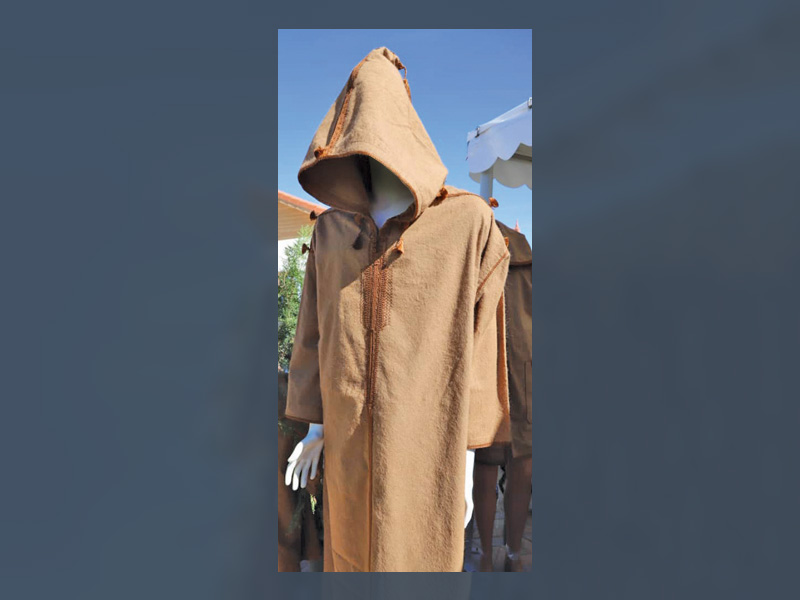Kachabia in Djelfa: A traditional winter dress that combines prestige, dignity and beauty
Issue 60

Attia Issawi
Architect and researcher of history and heritage
The Kachabia is a type of traditional clothing for men that is commonly worn in the colder months. It is distinctive and unlike the burnous. The boubou is hand-woven from wool, camel hair, hair and natural black wool or boubou, which is sheared from a select group of sheep. Sometimes the Kachabia is made of a combination of two types of wool or wool and camel hair.
The Kachabia is widely recognised throughout Algeria, especially in the city of Djelfa. Made entirely of wool in Djelfa and the rest of the country, it represents the heritage of the Ouled Na'l area.
The Greek civilisation is well-known for its Kachabia-like attire, particularly the wool chiton.
Because of its ability to withstand extreme cold, especially in the mountainous regions that provided shelter and hideouts for freedom fighters, the Kachabia was worn during the fight for liberation and it features in all the photographs that honour freedom fighters and revolutionaries. It allowed the fighters to camouflage themselves and move around freely while they concealed weapons beneath it.
Women in Algeria and the Ouled Na'l region weave it especially for freedom fighters as a way to demonstrate solidarity with those fighting colonialism.
The camel hair Kachabia represents Djelfa's traditional industry and is an emblem of the region's history and culture and a sign of heroic pride. It is also a favourite gift because it symbolises the generosity for which the area is known. This traditional garment has survived the ebb and flow of social mores and fashion trends and remains a viable alternative to other winter garments in the market.
Kachabia weaving is regarded as an aesthetic and creative work that demands precision and expertise. It requires skill and imagination to deliberately create shapes and symbols with wool. Some craftspeople work on it for as many as five months.



































































